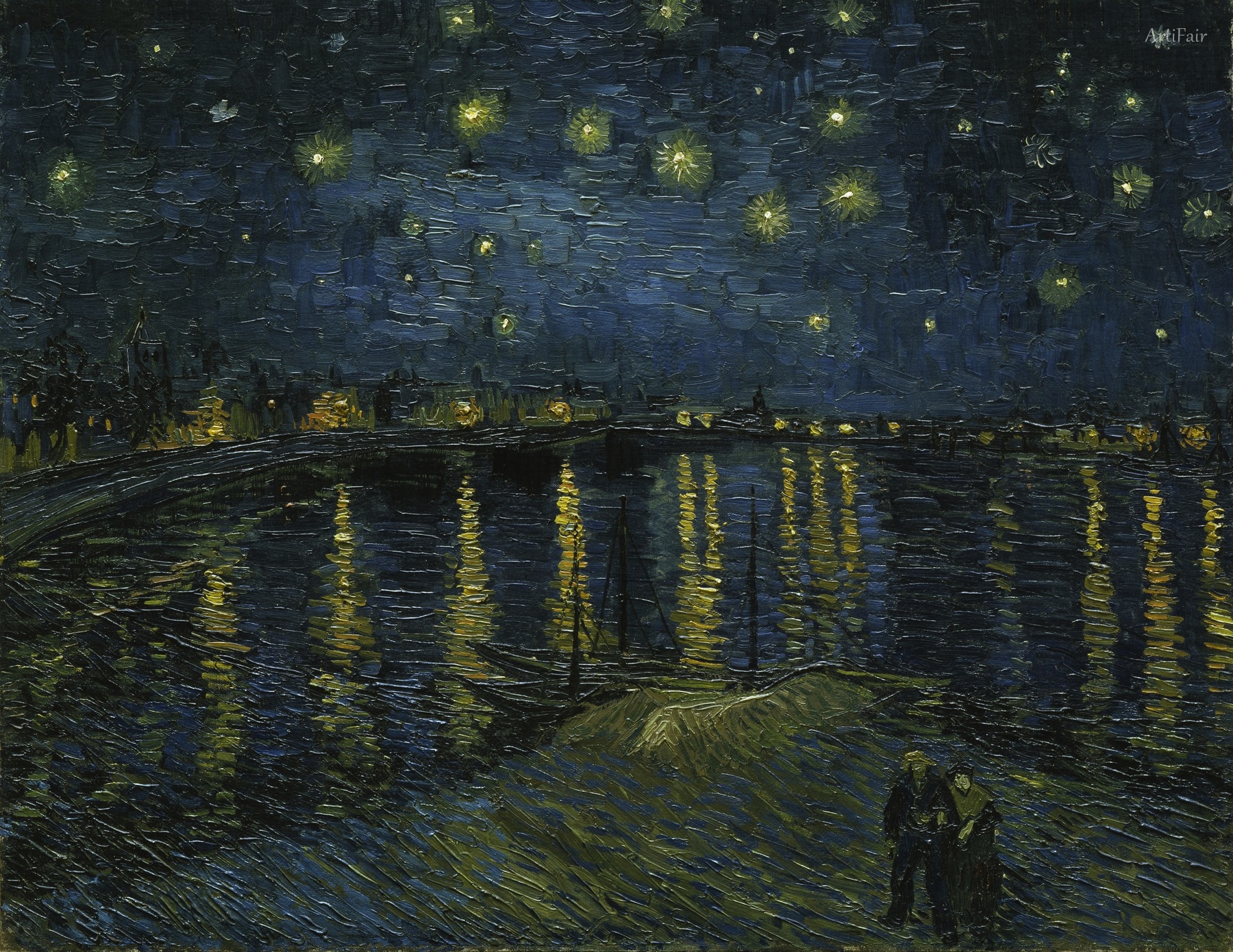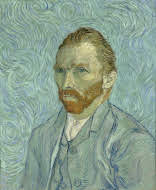

Vincent van Gogh
NL
829
Artworks
1853 - 1890
Lifespan
Artist Biography
Vincent van Gogh (1853-1890) was a Dutch Post-Impressionist painter who is among the most famous and influential figures in the history of Western art. Born in Groot-Zundert, Netherlands, to a Protestant pastor, his early life was marked by a search for purpose. He worked as an art dealer and later as a Protestant missionary in a Belgian coal-mining region, where his profound empathy for the impoverished workers solidified his decision, in 1880, to become an artist and bring consolation to humanity through his work.
Van Gogh's artistic career spanned only a decade, but was intensely productive. His early works, created in the Netherlands, were characterized by somber, earthy tones, reflecting the harsh lives of peasant laborers. This period culminated in his first major work, "The Potato Eaters" (1885), a powerful, gritty depiction of a peasant family that showcased his developing skill and deep compassion. His style, however, was deemed too dark for the contemporary market, which prompted his move to seek new artistic horizons.
In 1886, Van Gogh moved to Paris to live with his brother, Theo, a supportive art dealer who would be his lifelong confidant and financial supporter. The city's vibrant art scene was a revelation. He encountered the works of the Impressionists and Neo-Impressionists, and his palette exploded with color. He adopted brighter hues and experimented with broken brushstrokes, heavily influenced by artists like Camille Pissarro and Georges Seurat. During this time, he also developed a fascination with Japanese ukiyo-e woodblock prints, whose bold compositions and flat areas of color deeply influenced his evolving style.
Seeking a brighter light that he believed resembled Japan's, Van Gogh moved to Arles in the south of France in February 1888. This marked the beginning of his most prolific and celebrated period. Working with feverish intensity, he produced a stunning series of masterpieces, including the iconic "Sunflowers" series, "The Yellow House," and "Café Terrace at Night." His style fully matured, characterized by expressive, impasto brushwork and the symbolic use of intense, non-naturalistic color to convey emotion. His dream of founding an artists' colony, the "Studio of the South," led to Paul Gauguin's visit, but their clashing artistic temperaments resulted in a dramatic confrontation, culminating in Van Gogh's infamous self-mutilation of his ear and subsequent hospitalization.
Haunted by recurrent mental health crises, Van Gogh voluntarily admitted himself to the asylum at Saint-Rémy-de-Provence in May 1889. Despite his suffering, his artistic drive remained undiminished. It was here, between bouts of illness, that he painted some of his most visionary works, including "The Starry Night" and his powerful series of cypresses and olive groves, where the swirling energy of his brushstrokes conveyed a profound spiritual connection to nature. He spent his final months in Auvers-sur-Oise under the care of Dr. Paul Gachet, painting prolifically until his death.
Van Gogh died from a self-inflicted gunshot wound in July 1890 at the age of 37, having sold only one painting during his lifetime. His fame grew posthumously, largely through the efforts of his sister-in-law, Johanna van Gogh-Bonger. Today, he is revered as a tortured genius whose radical use of color and emotional honesty fundamentally altered the course of modern art. His work profoundly influenced Expressionism and Fauvism and continues to captivate audiences worldwide, making him one of the most beloved artists in history.